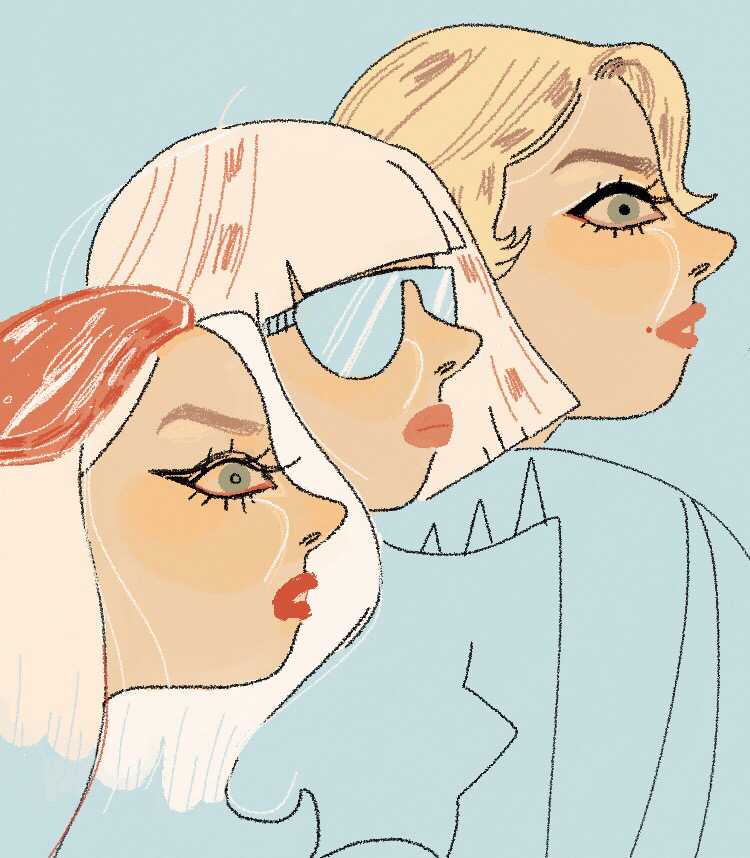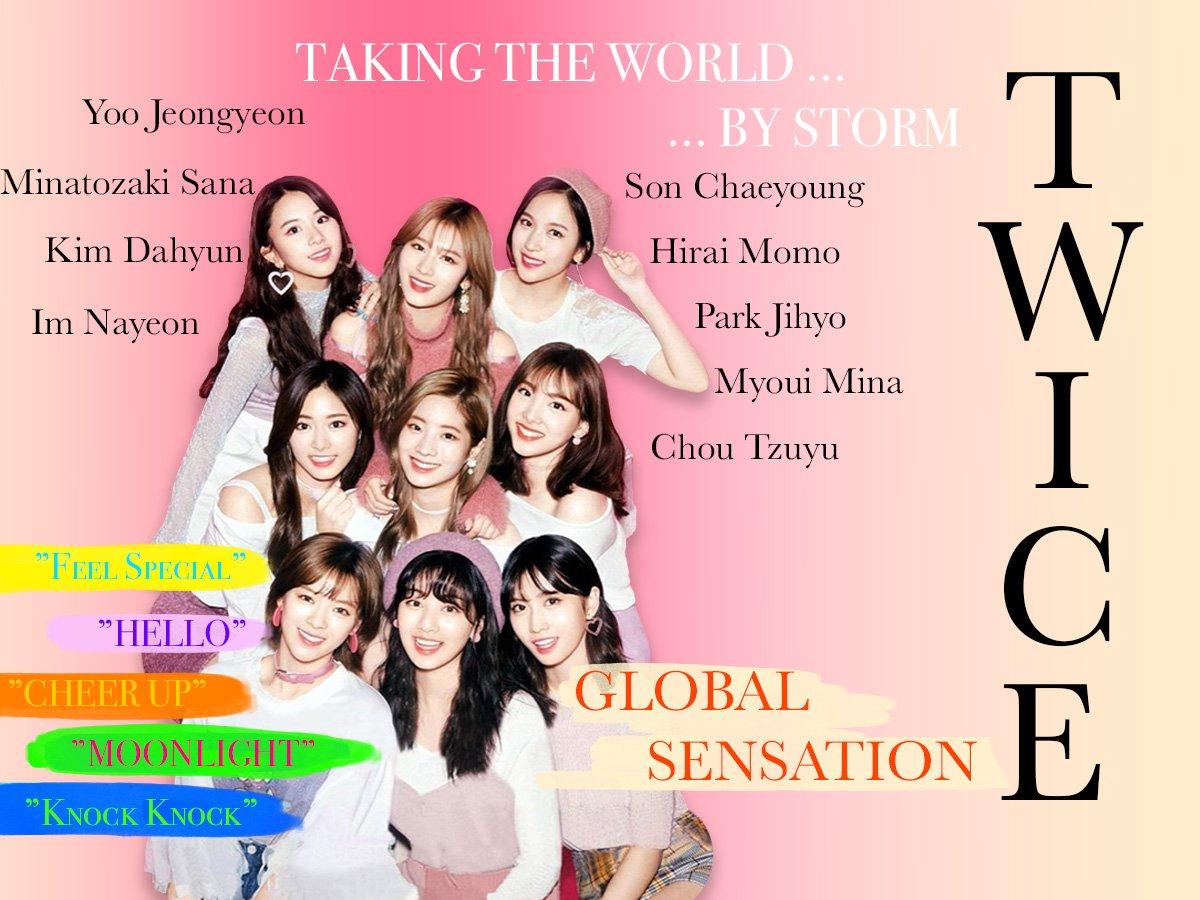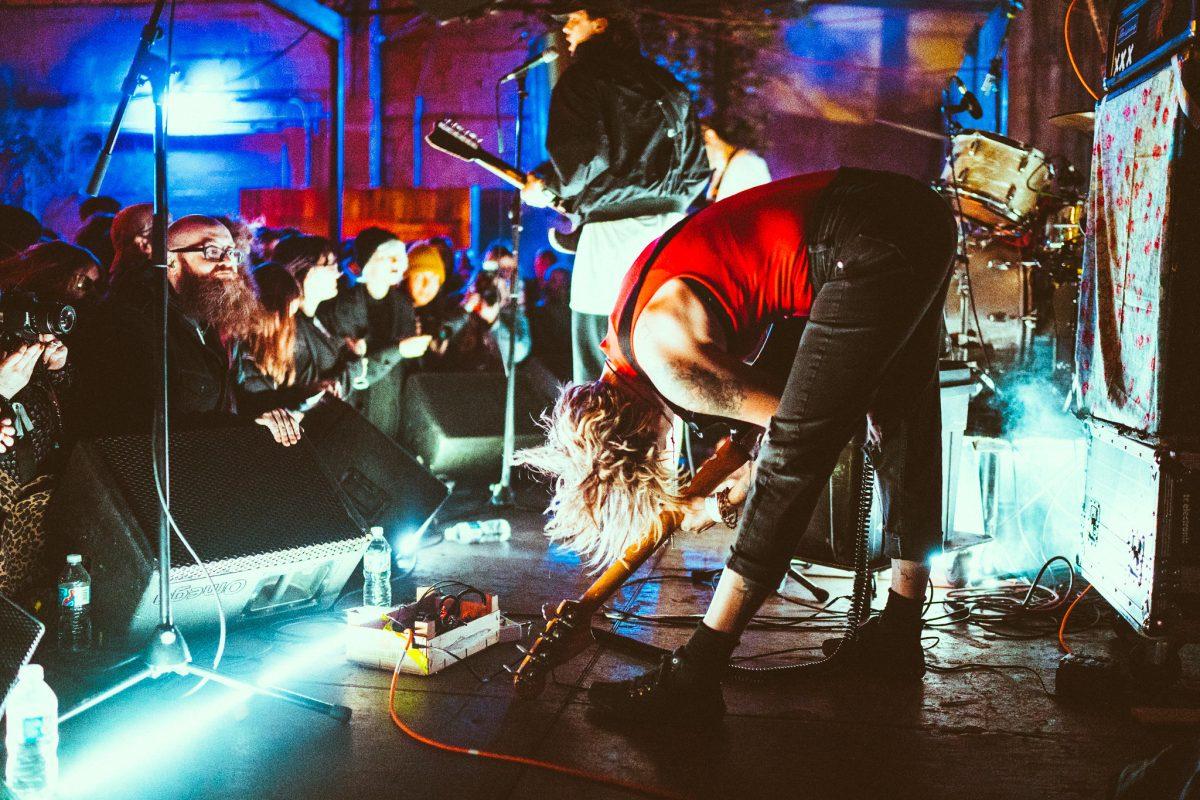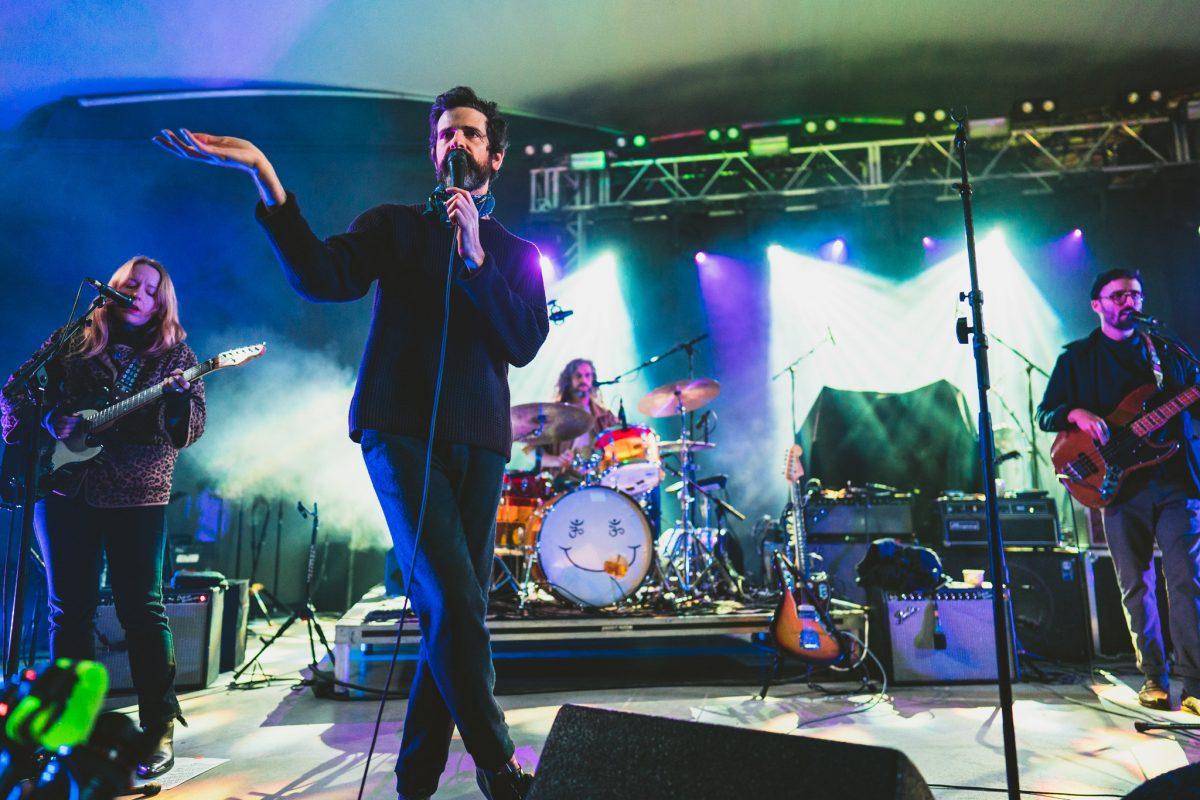What happened to pop music? In the streaming age, pop music has taken the backseat and faded into irrelevance. It’s turning into a dying effort. Pop icons have been changing their theme and sound through the years in an attempt to stay in the spotlight. It has stopped working.
Story by Cruz Rendon
Illustrations by Ella Williams
The eras of Joanne, Rainbow and Man of the Woods have us wondering where the pop hits have gone. Lady Gaga gave up the meat dress for a pink cowboy hat. Kesha gave up glitter and the dollar sign in her name for cowboy boots and “Boogie Feet.” Justin Timberlake traded in his Suit & Tie for a horse. Pop stars have turned to a stripped down Americana-influenced look and sound, that has proved unsuccessful.
Pop stars have undergone transitions before. Gaga, for example, has branded herself as an ever evolving star. She’s notorious for her extravagant aesthetic that changes with each album released.
The Fame was full of diamonds, glitz and glam. She became a pioneer of the dance music renaissance of the late 2000s. It made sense to explore the topic of fame as she rose to it so quickly. Following in its track, her sophomore album, The Fame Monster explored the dark side of the life people envied . A simple black and white album cover matched with her vampiric outfit reflected the dark themes of fame.
This was Gaga’s peak.
She was new to the game and her extravagant public image kept her in our minds. Her third studio album, Born This Way kept the dark themes with self-exploration and self-acceptance. Images from this era included prosthetic horns, skeleton makeup and hatching out of an egg. “Born This Way” was released in November 2011, just a few months after Spotify’s U.S. launch.
Even though Spotify wasn’t the streaming giant that it is today, Gaga had trouble shifting to the new music consumption method. Born This Way was a successful album but it did not live up to the sales and chart-topping singles from The Fame Monster. It also didn’t help her reputation that a portion of sales came from a discounted 99-cents version of the album from Amazon.
Lady Gaga was on a downhill, proven true in her failing fourth album Artpop. This go around, her aesthetic was a bit scattered. As Gaga embraced multiple outlets such as an accompanying app, she lost sight of fans. She traded dance tracks for electronic-heavy rave tracks. The general public did not resonate with this project. A month after Artpop’s release, iTunes reported sales proved that streaming had officially surpassed downloaded music.
The stripped down era arrived.
Gaga released a jazz album with Tony Bennett which proved that her talents extended beyond the costumes. Lady Gaga asserted poise and elegance by dressing in gowns and singing sophisticated scats. This was a rejection of the pop music climate at the time.
Two years later, Joanne was released. Gaga described it as her most personal album. Fans that anticipated the return of the pop icon were let down by a country influenced album. People questioned Gaga’s consistency. The country trend led other pop stars such as Kesha, Justin Timberlake and Miley Cyrus to release country-pop albums at an attempt to top the charts like they once did. None of them outperformed their previous albums.
Artists like Taylor Swift did the opposite of Gaga. Swift started with country music, and then transitioned into a pop sound that dominated the charts. Swift has been vocal about her opposition to streaming services such as Spotify. At one point she pulled all her music from the streaming service and still remained a number one pop star. Her sound changed as did music consumption.
Pop music isn’t going anywhere. It may not be the the most streamed, but as music becomes more diverse, pop will continue to shift and merge genres. Pop stars have changed their sound for years. As people search for honest and relatable music, pop artists have to change their delivery and Gaga has to confront the streaming age head-on.











































